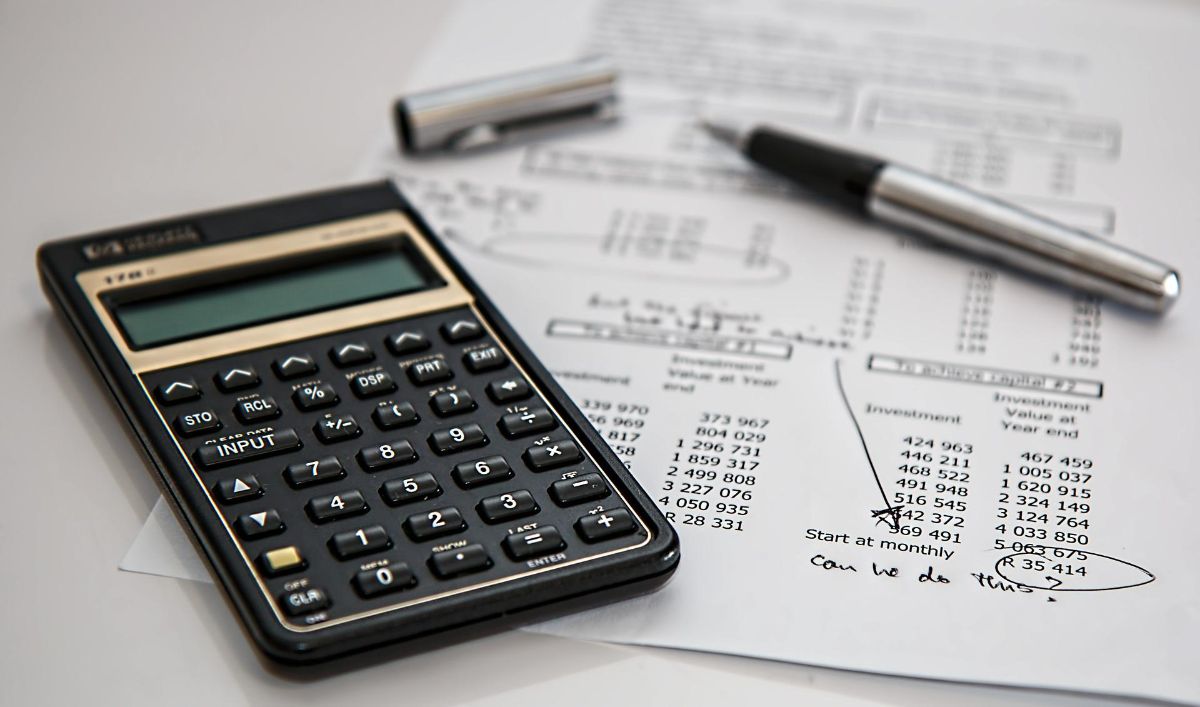
That mathematics is something that no one likes is a fact. There are few people who feel comfortable doing or studying mathematics. Nevertheless, Do you know that they can be combined with the finance? Do you know what financial mathematics is?
If you just went blank because you had not heard this term before, know that they are very easy to understand and have multiple uses. Next, we reveal everything you need to know.
What is financial mathematics

At the beginning of this article we have practically defined what financial mathematics is by saying that it was mathematics and finance.
The concrete term by which this term is conceptualized is that they are «mathematics applied to finance». In other words, it is an area within mathematics that studies calculations to find out what the value of money is within a financial operation and in a certain time.
That is, try to study through formulas how much the value of money will rise or fall in a financial operation.
As you know, when an operation is started (I understand this as an exchange between present and future capital), money has a value x. But at the end of the operation, that money may have a different value. And that's where financial math comes in.
What is financial mathematics for?

You know what they are. But it is possible that you still do not visualize the function they have, that is, what they are for. They are a very important part of these operations because, without performing them, you can make a probability on the value and profitability of the product in which you are going to invest.
Therefore, the uses of financial mathematics are in bonds, loans, deposits, shares... Any product that requires a capital investment and a long-term result to know if it is beneficial or not.
Really its function is to analyze that product and the results that can be obtained. However, despite the fact that it uses key elements (capital, time, interest rates...) it is possible that the final result is not correct since there may be other factors that raise or lower the final figure.
Still, it is a risk to be taken, whether with or without financial mathematics. Therefore, among the tools used there is probability, statistics and differential calculus.
Now, something that not many know is that this type of mathematics also has other more day-to-day applications, such as:
- Control of expenses. In the sense that income and expenses are analyzed, seeing which of all can be expendable or not. Thus, there is an optimization of what is entered and what is spent.
- Allows you to analyze inflation. In the sense that, by knowing what the real value of money is at different times, it is possible to know how inflation is going to behave. Of course, it is an estimate, since it may or may not be feasible.
- Prepare amortization tables. Regarding credits, loans, etc. because this helps to plan savings and better manage expenses.
Types of financial mathematics

Within financial mathematics, you should keep in mind that there are two types, some that deal with simple operations and others that deal with complex ones. We detail them in more detail.
Simple financial math
They are those that analyze and study the evolution that a single capital can have. To do this, they control the capital at the beginning and perform calculations to know what it will be at the end of that operation.
Within this, the interest you have can be very simple, well compound.
complex mathematics
Unlike the others, here the capital is not unitary, but there are more. It can also be said that they are different «rents».
In this case, they also control the evolution of the different capitals. In addition, the analysis can be carried out according to a certain period of time, without a specific one or what would be a perpetual income.
What formulas are used in financial mathematics
Within financial mathematics, as we have told you before, there are a series of basic formulas that are used by professionals. These are:
General simple interest formula
The formula would be:
Cf = C + I = C (1+ni) If the financial transaction is more than a year.
Cf = C × ( 1 + n.i / q) If the financial transaction is less than a year.
- Where Cf is final capital.
- C is capital.
- I is total amount of interest earned.
- i is annual interest rate.
Compound interest formula
The formula would be:
Cf = C × ( 1 + i) raised to the n
Financial return formula
The formula would be:
RF = (Net Profit / Own Funds) x 100
As you can see, what financial mathematics is is not that difficult to understand and its use, although it may seem that it would only affect companies, can also have an impact on the expenses of individuals, freelancers, etc. You have doubts? Ask us.